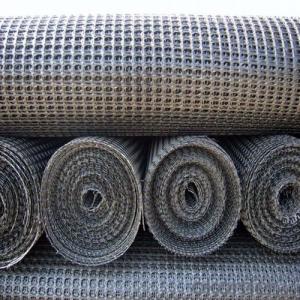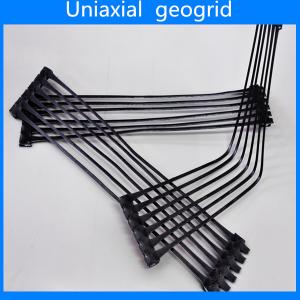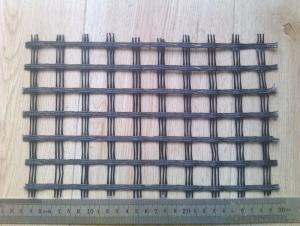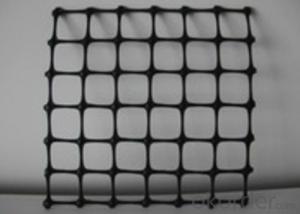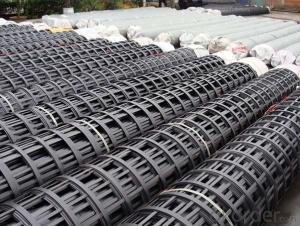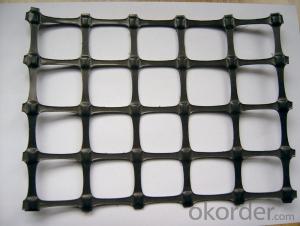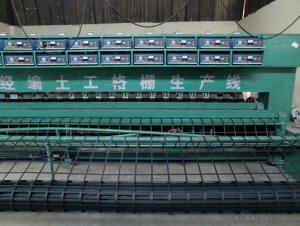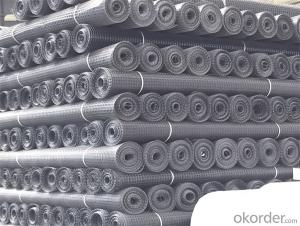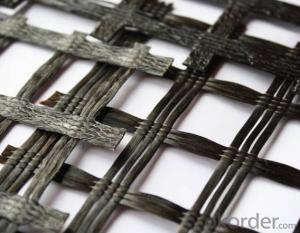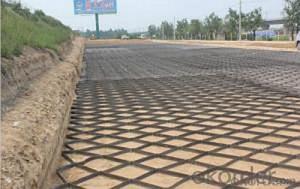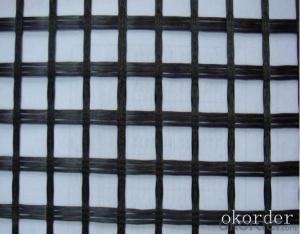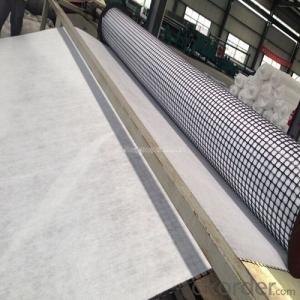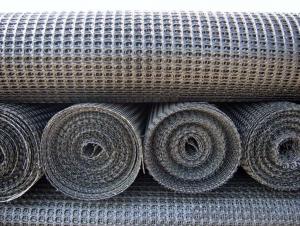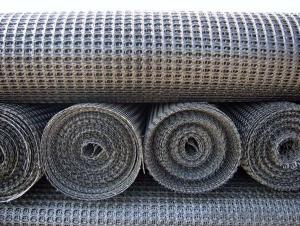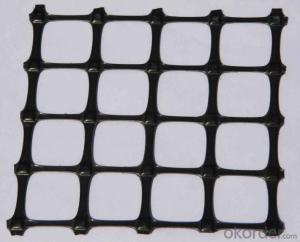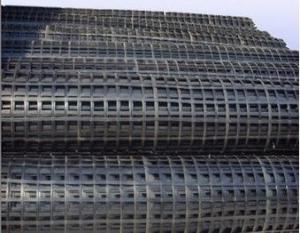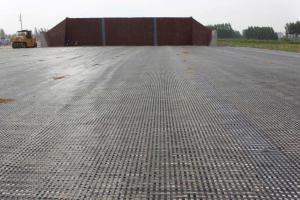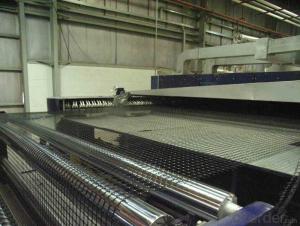Terrafix Geogrid
Terrafix Geogrid Related Searches
Terragrid Geogrid Triax Geogrid Plaxis Geogrid Tenax Geogrid Interax Geogrid Geogrid Triax Paralink Geogrid Geogrid Machine Alliance Geogrid Geostar Geogrid Geogrid Australia Grass Geogrid Gravel Geogrid Miragrid Geogrid 3xt Geogrid Geogrid Layer Triax Tx Geogrid Landscaping Geogrid Standartpark Geogrid Earthlock Geogrid Mirafi 3xt Geogrid Triaxial Geogrid Geogrid Tbl Geogrid Gravel Geogrid Grass Mirafi 2xt Geogrid Geogrid Viewer Rx1200 Geogrid Tensar Triax Tx140 Geogrid Fortrac GeogridTerrafix Geogrid Supplier & Manufacturer from China
Terrafix Geogrid is a collection of high-quality geosynthetic products that are designed to enhance the stability and strength of various civil engineering projects. These products are engineered to provide reinforcement and soil stabilization, making them ideal for applications such as road construction, slope stabilization, and retaining wall reinforcement.The Terrafix Geogrid is widely used in a variety of construction and infrastructure projects due to its ability to improve load distribution and reduce soil displacement. This makes it an essential component in the construction of roads, highways, and other transportation infrastructure, as well as in the creation of stable foundations for buildings and other structures. The geogrid's unique properties also make it suitable for use in landscaping, erosion control, and soil reinforcement in areas prone to landslides or other soil-related issues.
Okorder.com is a leading wholesale supplier of Terrafix Geogrid, offering a vast inventory of this product to meet the needs of various industries and projects. With a commitment to quality and customer satisfaction, Okorder.com ensures that the Terrafix Geogrid products they provide are of the highest standard, making them a reliable source for those seeking to incorporate this innovative technology into their construction and engineering endeavors.
Hot Products

